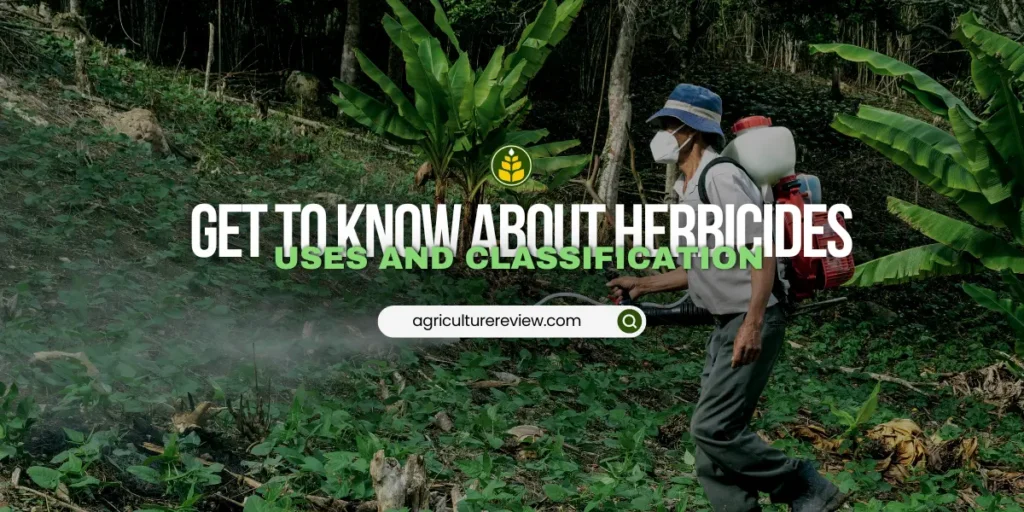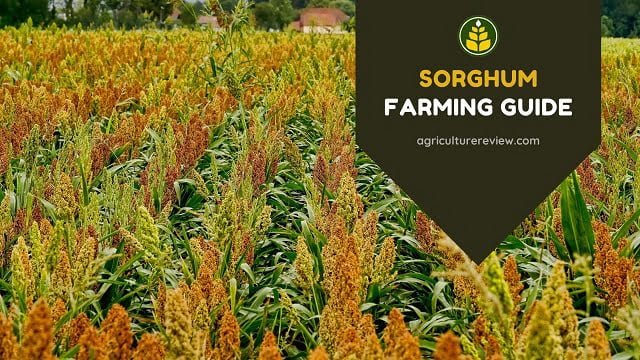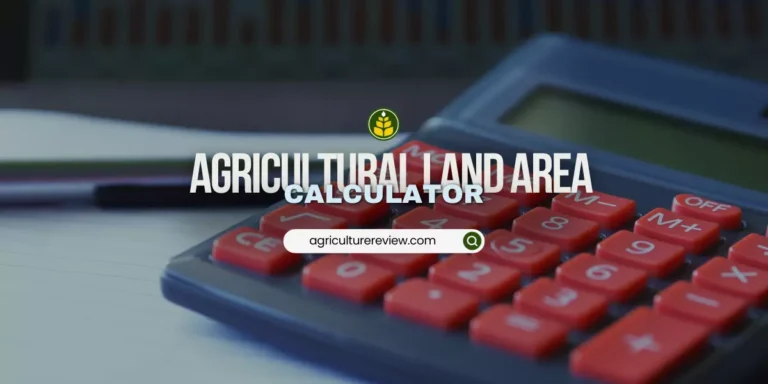Herbicides are chemicals that are used by farmers to kill unwanted plants known as weeds that grow within the main crop stand and affect the productivity of the farm. Weeds are not only known for affecting crop growth and development by competing for resources but they also host pests and disease vectors. Therefore, on a large farm, farmers use herbicides to kill these unwanted plants that would otherwise be not possible manually or are too costly.
Table of Contents
What Are Herbicides Used For?

Herbicides are used for killing unwanted plants on the farm because they are used on closely planted crops where other methods cannot be used, can be applied easily, work rapidly and are a cheaper option for controlling weeds. As they destroy weeds, so they also help in destroying plants bearing diseases and can be safely used as the manual and mechanical removal of weeds can destroy the crop.
Classification Of Herbicides
Herbicides can be classified into various groups based on following categories:
On The Basis Of Method Of Application
- Soil Applied Herbicide: Chemicals that act through root and other underground parts of weeds are called as soil applied herbicides. Example: Fluchloralin.
- Foliage Applied Herbicide: Chemicals that are primarily active on the plant foliage are called foliage applied herbicides. Example: Glyphosate, Paraquat, etc.
On The Basis Of Mode Of Action
- Selective Herbicide: Herbicides that kill only specific species of weeds when applied in a mixed growth of plant species without injuring the others are selective herbicides. Example: Atrazine.
- Non-selective Herbicide: Herbicides which do not kill specific weed species, but kill all vegetation, when applied in a mixed growth of plant species without injuring the others are non-selective herbicides. Example: Paraquat.
On The Basis Of Mobility
- Contact Herbicide: Herbicide that kills those plant parts with which it comes in direct contact is a contact herbicide. Example: Paraquat.
- Translocated Herbicide: Some herbicides after application tend to move from the treated part to untreated areas through the xylem or phloem and are called translocated herbicides. Example: Glyphosate
On The Basis Of Time Of Application
- Pre-Plant Application (PPI): When a herbicide is applied before the crop is planted or sown is classified as pre-plant application herbicide. They can be soil applied as well as foliage applied. Example: Fluchloralin.
- Pre-Emergence Application: When a herbicide is applied before a crop or weed has emerged is classified as pre-emergence application. Examples: Atrazine, Pendimethalin, Butachlor, Thiobencarb, Pretilachlor.
- Post-Emergence Application: Herbicide application after the emergence of a crop or weed is referred to as post-emergence application. Example: Glyphosate, Paraquat, 2,4-D Na Salt.
Further, on the basis of molecular structure, herbicides are also classified as inorganic and organic compounds.
If you have any queries, ideas or suggestions, then please comment below. You can also connect with Agriculture Review on Facebook, Instagram, Koo and WhatsApp Messenger.





